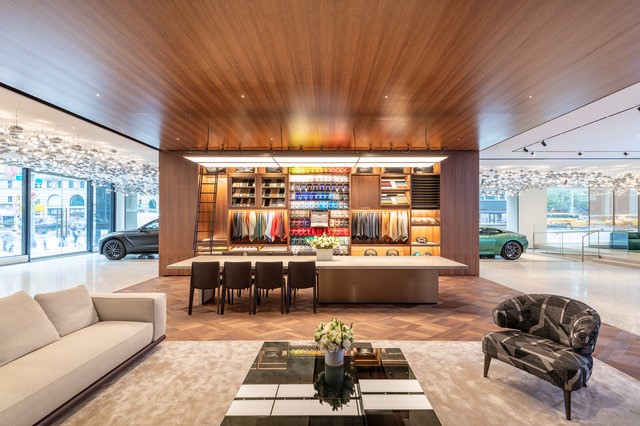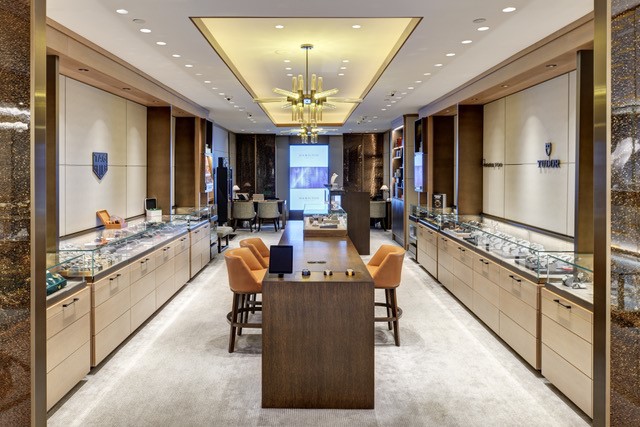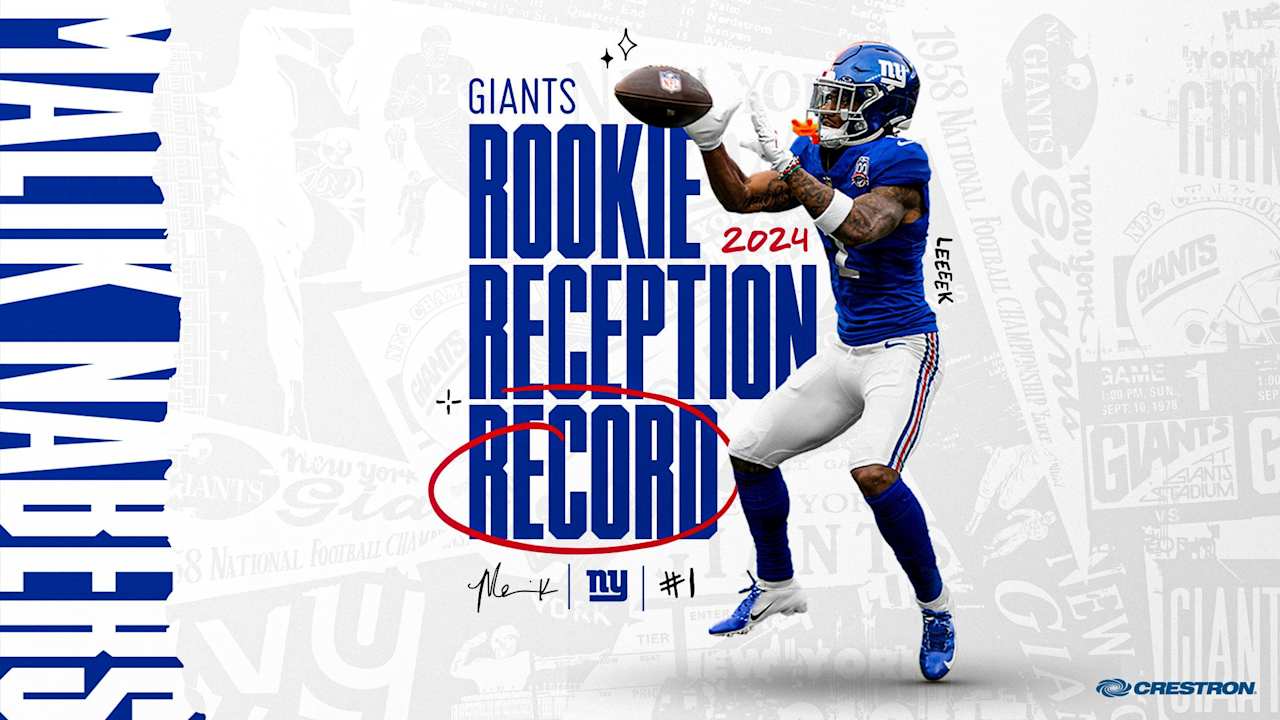Shopping
Charting Luxury Retail’s Course in the New Economy

The global luxury goods market soared to $1.6 trillion in 2023, with global consultancy firm Bain & Co. forecasting even greater growth in 2024, primarily driven by cars, hospitality and personal goods.
In this fiercely competitive sector, staying ahead of the curve is paramount, particularly for brick-and-mortar retailers in an increasingly digital age.
Recent data from McKinsey underscores the resilience of luxury retail, with 77 percent of affluent U.S. consumers committed to maintaining their frequency of visits to luxury stores. This steadfast demand for luxuriousness—defying all signs of economic slowdown—is generating an increased need for space.
“Just last year, leasing space by luxury watch, jewelry, fashion and apparel brands increased to the highest in six years to 600,000 square feet in 2023 from 230,000 square feet in the previous year,” Brian Critzman, retail studio director & managing director at TPG Architecture, told Commercial Property Executive. “Brands across the board are pushing boundaries, and there’s a resurgence of interest in physical stores. This momentum shows no signs of dwindling,” he added.
Much like any shopping session today, luxury shopping has grown into an immersive experience, blurring the lines between retail and hospitality. Design firm JZA+D’s collaboration with Hamilton Jewelers for the alteration and renovation of the firm’s Princeton, N.J., location, reveals a notable shift in display strategies. With a reduced emphasis on product display, individual brand showcase spaces within the larger store now offer customers a fully immersive brand experience, with personalized attention and pampering from brand representatives.
READ ALSO: What’s Ahead for Retail in 2024?
This store-in-store phenomenon in jewelry stores—where elements like smoked glass panels and slatted screening create intimacy and privacy while maintaining visual connections—puts a high emphasis on customization, which not only sets luxury brands apart but also fosters unique and memorable experiences for customers, distinguishing them in a competitive market, according to Mark Sullivan, partner at JZA+D.
Neal Ohm, managing director of retail at Newmark, agrees that incorporating customization and personalization into designs further elevates the luxury retail experience. Additionally, ancillary experiences such as cafe offerings within luxury stores are also enhancing the overall ambiance and customer experience.
For Paul Koch, senior architect with Dyer Brown & Associates and the firm’s lead designer of retail environments, luxury brands need to adapt to changing consumer preferences and expectations in order to stay successful. And today, this evolution means more legacy luxury brands are adopting and projecting strong ethical values because, for example, younger customers now expect them to balance between durability and craftsmanship, and adopt sustainable approaches to materials and production.
Why it’s important to adapt to change
Luxury retailers are recognizing the need for flexibility in store designs to quickly adapt to an increasingly digital world, Koch believes. This shift toward flexibility supports the integration of AI-driven personal shopping experiences and interactive displays that enhance the customer journey by providing additional information and hyper-personalized recommendations.
“Luxury brands opening or updating physical locations can benefit from aligning digital and physical footprints, but in the brick-and-mortar luxury retail environment everything hinges on service, meaning personalized, responsive service that anticipates needs and shares deep knowledge as part of a memorable in-person experience,” Koch said. “These cement the brand identity in the customer’s high esteem, and lead to increased loyalty and higher sales.”

According to Alexander Zilberman, principal with Alexander Zilberman Architecture, the successful luxury retail experience tells the story of the brand, with consistent attention to details. The firm’s collaboration with British automaker Aston Martin for their first U.S. showroom, Q New York, offers a perfect example of this attention to details.
At center, there’s a space referred to as the library, where customizing the vehicle takes place. At one end, there’s a bespoke wall display of materials and other options for the car. The customer starts from the frame outwards enjoying a custom specification experience that combines physical samples with a proprietary technology that shows in real time what the car will look like from the driver’s point of view. The customer is in the driver’s seat, literally and figuratively. It’s the brand’s own vision of a customer experience that the firm helped bring to fruition in architectural form.
Another aspect that Sullivan has noticed is how now there’s less urgency for stores to keep large amounts of product stock on hand. Often, one sample piece is sufficient to give customers a feel for the product, while personalized service guides them through colors, options and variations using technology, online access and high-quality imagery. This approach reduces the need for extensive space while still providing a rich, personalized shopping experience.
READ ALSO: Retail Stores of the Future
So what type of space do luxury retailers need? When assessing the potential of a location to attract high-end retailers, Ohm points out several key factors: the co-tenancy of other retailers, the architectural significance of the space and the curb appeal and design that attract discerning customers. These elements are crucial in selecting locations for luxury retail brands.
But all of this doesn’t necessarily guarantee a lease. Ohm admits it’s quite difficult to secure leases for luxury fashion brands, as finding landlords who are genuinely interested in partnering with potential brands is hard. This partnership is vital, as not all landlords align well with tenants in the luxury marketplace.
What’s in store for luxury retail?
Despite the current high interest rate environment and overall elevated prices, consumers have remained strong and active in the marketplace. This strength enables retailers to capitalize on opportunities, even amid the noise and uncertainties of the market.
Amazed by the continued prosperity of luxury brands, Sullivan noticed that certain consumer segments remain driven by the desire for high-level service and milestone purchases. This, in turn, underscores the enduring appeal of brick-and-mortar stores, which serve as powerful marketing tools that foster customer engagement and loyalty, said Ohm.
Meanwhile, Koch noticed that even though high inflation and political factors are making consumers more conservative in their spending on non-essentials, they continue to value exclusivity and the opportunity to showcase their status, permanently returning to in-person experiences.
Additionally, supply chain challenges have further heightened the allure of luxury items by creating a sense of scarcity and driving demand. As a response, luxury retailers are exploring new business models like sharing, renting and borrowing, making luxury more accessible to a broader audience without the burdens of ownership. This approach not only expands the market reach but also aligns with the growing consumer demand for sustainable practices.

“Luxury brands are collecting data to understand consumer motivations, and beginning to recognize that the Gen Z and Gen Alpha demographics are critical for continued growth,” Koch said.
These generations have a particular interest in sustainability, an area that will likely become crucial in luxury retail design and offerings. Digital-native demographics also expect design to seamlessly connect online identities with in-person experiences. Koch predicts that customized products, immersive experiences and personalized services will drive the future of luxury goods, necessitating retail environments that can tell a brand’s story.
To do all of this successfully, data-driven design will become increasingly important, revealing critical strategies for location selection, store designs with built-in flexibility and enhanced service staff efforts to provide memorable shopping experiences. Current technologies are already enabling dynamic branding and promotions that adapt to weather or seasonal changes, with AI expected to disrupt the retail industry, as well. But although AI is a hot topic right now, Critzman believes its full integration into luxury retail is still in progress.
And where everyone sees disruption and changing patterns, Zilberman sees a lot of history repeating.
“People often try things that have been tried already, but the results of reimagining traditional approaches can be mixed,” he said. “For example, the marketplace: It’s an ancient idea, proven successful for millennia because it speaks to our social nature, so you see retailers fashioning stores that have the feel of a marketplace. Shopping malls are a reinvention of the town square, which was itself a reinvention of the time-tested marketplace,” Zilberman added.
These reinventions happen because of people’s social nature and their need to constantly interact with each other, so no wonder retailers are always returning to and experimenting with different socially dynamic approaches.
“If you look at luxury retail design now, there are always reminders of the past, timeless elements woven into the modern environments,” Zilberman concluded.










![[!LIVE-FOOTBALL@!]+ Commanders vs Eagles Live Stream ! Atlanta Falcons vs New York Giants LIVE , player stats, standings, fantasy games TV channels and more HS8079 [!LIVE-FOOTBALL@!]+ Commanders vs Eagles Live Stream ! Atlanta Falcons vs New York Giants LIVE , player stats, standings, fantasy games TV channels and more HS8079](https://www.reddotdigitalit.com/wp-content/uploads/2021/05/Streaming-Platform.jpeg)